Urban Fantasist
Menu
NONFICTION & JOURNALISM
|
0 Comments
When I was growing up in the North of England in the 1950s & 1960s, the "big" event before Bonfire Night was not Halloween but "Mischief Night" on 4th November. Here's a link to a story I recently wrote for the Horror Writers Association about this event – and its strange demise...
|
|
Copyright © Charles Christian
& Urbanfantasist Limited 2022 |
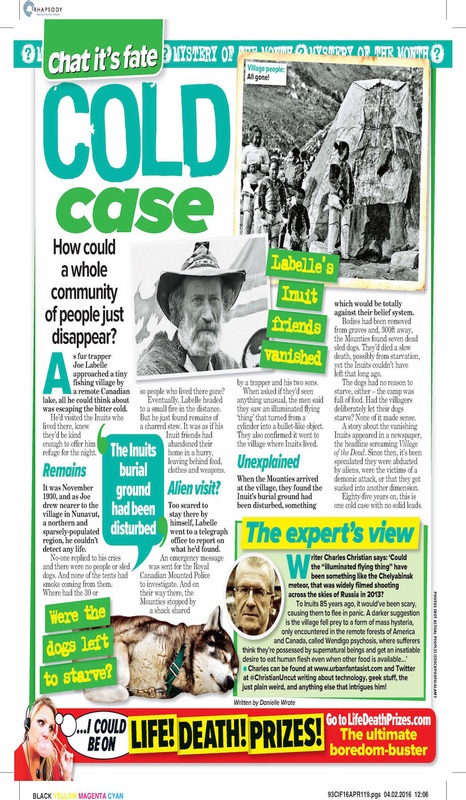
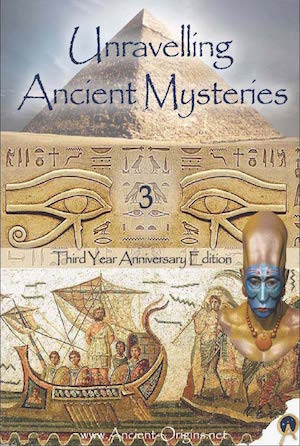

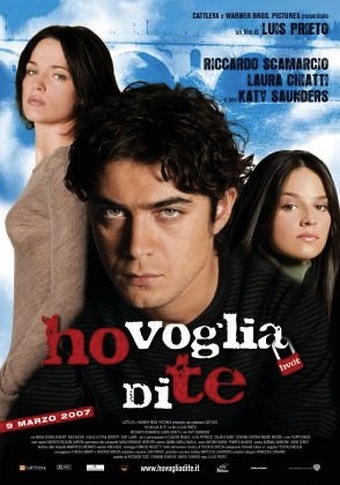
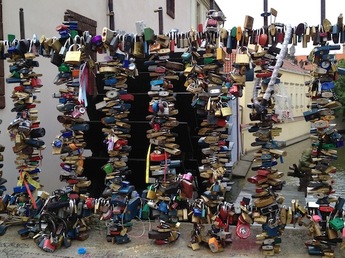
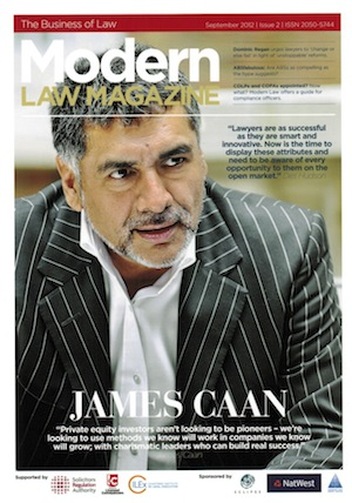
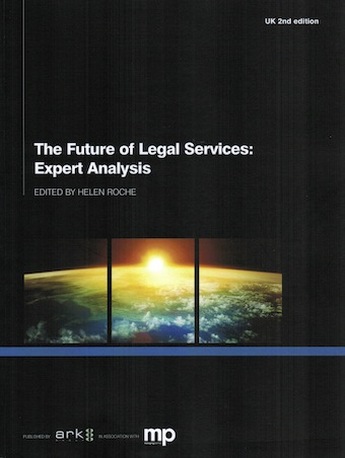

 RSS Feed
RSS Feed
